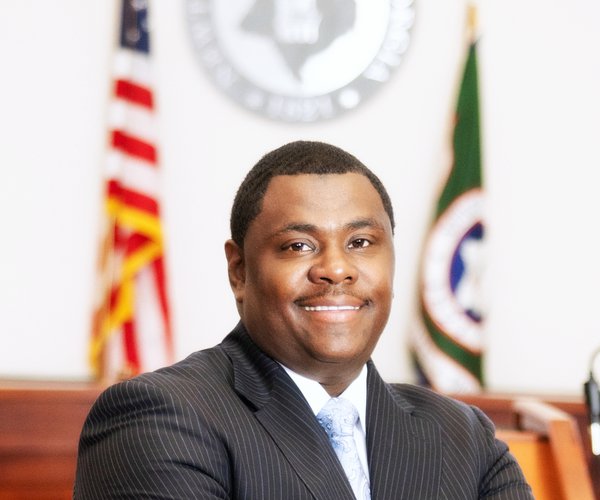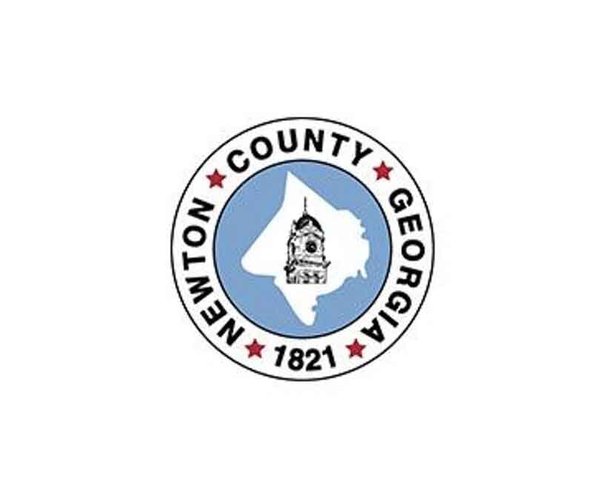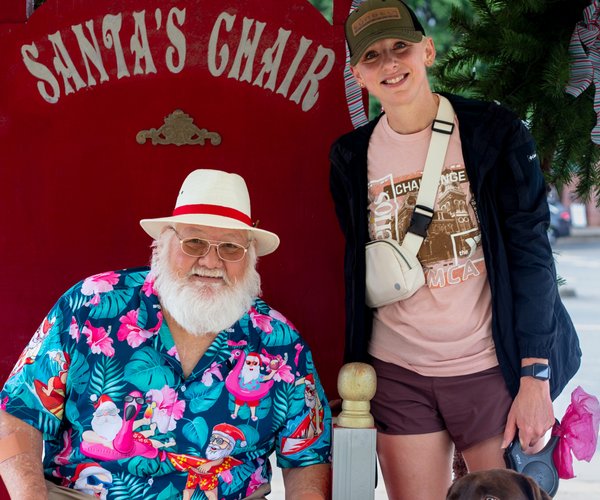An original 19th century building in Oxford has had a full restoration fit with 21st century technology. Reopening for spring semester 2013, Oxford College’s Language Hall is thought to be one of the oldest buildings in the county, built in 1874 by craftsmen believed to have been from Covington and Newton County.
The building was divided into small classrooms and offices in the 20th century.
During the renovation, which began in May 2012, the building was restored its original floor plan, with two large classrooms on each of the two floors.
The building also now provides new faculty offices and a common area in the ancillary space.
“After months of evaluating the historic structure, strengthening it with modern materials and building modern classrooms that make the most of the gracious original building while providing a 21st century teaching environment, Language Hall is now one of the most beautiful and well-equipped buildings on Oxford’s campus,” said Dean Stephen H. Bowen. “Myra Frady, dean for resource planning and CFO, and her team have taken great care to honor the history and heritage of Language Hall while also providing the infrastructure and interior design that make it a 21st century learning environment with a fresh, modern aesthetic.”
Research was done to make sure the building’s exterior stayed as true as possible to its original design. This includes corbels and window pediments in deep brown to contrast with the lighter color of the building and adding chimney-like structures, paying homage to the building’s original working chimneys. The south side of the building sits with the original building and adds six new faculty offices.
There are four large classrooms, two on each floor, and the relatively new drop ceilings were removed to restore the building’s ceilings to their original height of over 12 feet. The heart-of-pine floors were revealed and left bare in public areas. Carpet covers the floors in the classrooms to minimize noise.
The restoration also allows the building to be in line with ADA accessibility standards. Not only was an elevator installed, but a ramp on the east entrance makes it wheelchair accessible.
Art throughout the building runs the gamut from a bust of Plato (because the Language Hall originally houses classes in not only English, but also modern languages, Greek and Latin), to photographs displaying Oxford and Emory’s historic and current experiences with race, gender, sexuality and other forms of human differences.
During the six-month restoration, several artifacts were unearthed by the work crews. A removal of the original plaster from the ceiling and lath of the first floor showed repurposed beams believed to have been from Old Main, Emory College’s first administrative building, demolished in 1872.
Inside the attic during the building’s initial inspection, architects from Lord, Aeck and Sargent found part of a decorative cover that fit the gable vent on the buildings’ north side, which, with early photographs, allowed the cover to be restored to its original place.
Also found were old blackboards, one which still bore an inscription, “Smith. Oxford, Ga. June 26, 1941. Be sure you are right. Then go ahead.”
The quotation is attributed to Davy Crockett, but there is no clue as to who wrote it on the board, which is now on display behind glass on Language Hall’s second floor. Also found were patent-medicine bottles, handmade nails and iron joists, some of which are on display now around the building.
Although the building has been restored to its original grandeur when possible, technology reins in this century. In the first floor entry a flat-screen monitor displays touch-screen directories of the building and campus and a rotating calendar of campus events. Each of the classrooms has interactive whiteboards or SMART technology-powered podiums, which is also displayed on a large, 125-inch motorized screen. They are also enhanced with a lecture-capture device that allows instructors the ability to record both audio and video of their classes using a touch-panel control system.
Another nod to this century is that the building keeps with Emory and Oxford’s commitment to sustainable practices and is designed with several resource-saving features, including low-flow plumbing fixtures, a hydration station and motion-activated lighting.





